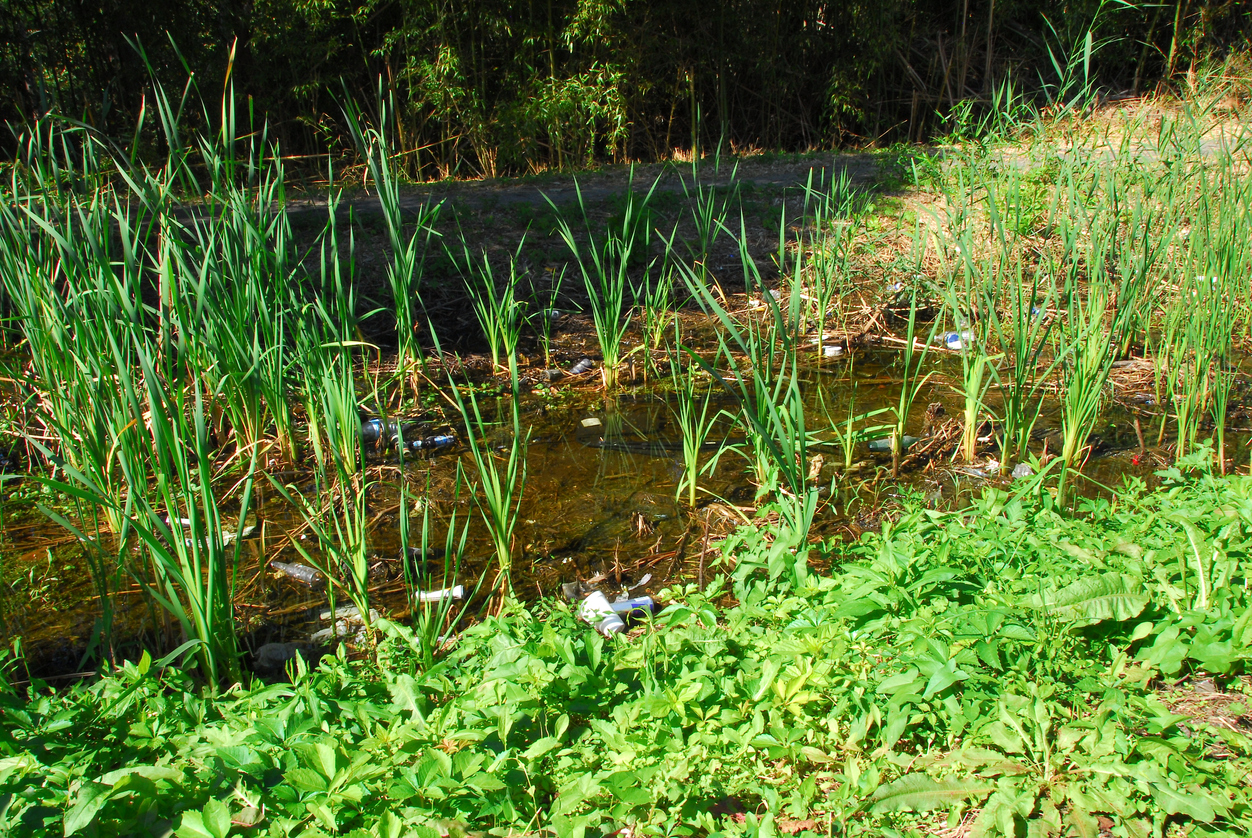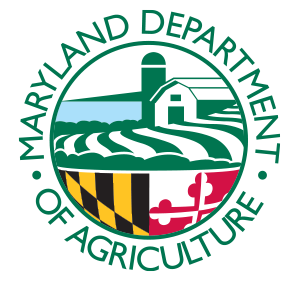
Trash and debris found in the Chesapeake Bay
Protecting and Preserving Our Watersheds
Grades 3-5
This lesson focuses on two main ideas.
- How human activities are harming the Chesapeake Bay
- Ways in which we can work to protect and preserve the Chesapeake Bay
- How agricultural and farming practices can affect the Chesapeake Bay
Procedure
INTRODUCTION (15 minutes)
Read introduction to students and review new vocabulary. Students will watch the “Maryland Farm and Harvest” video. After the video, have a discussion around the essential questions and thinking questions aligned to the topic and video. Discuss the career connections related to watersheds and the Chesapeake Bay with students.
EXTENSION (15-30 minutes)
Complete extension activities with students, as you see fit.
ASSESSMENT (15 minutes)
Have students apply their newfound knowledge by completing a Summative CER on the lesson using evidence from the video and activities as support.
REFLECTION (10 minutes)
Have students complete a reflection.
Standards
5-ESS3-1. Earth and Human Activity
Develop a model using an example to describe ways the geosphere, biosphere, hydrosphere, and/or
atmosphere interact.
- Science and Engineering Practices
Obtaining, Evaluating, and Communicating Information
Obtaining, evaluating, and communicating information in 3–5 builds on K–2 experiences and progresses to evaluating the merit and accuracy of ideas and methods.- Obtain and combine information from books and/or other reliable media to explain phenomena or solutions to a design problem.
- Disciplinary Core Ideas
ESS3.C: Human Impacts on Earth Systems
- Human activities in agriculture, industry, and everyday life have had major effects on the land, vegetation, streams, ocean, air, and even outer space. But individuals and communities are doing things to help protect Earth’s resources and environments.
- Crosscutting Concepts
Systems and System Models
- A system can be described in terms of its components and their interactions.
Standard 2
Human Dependence on Earth Systems and Natural Resources
Environmentally literate students construct and apply understanding of how Earth’s systems and natural resources support human existence.
Summative CER
Option 1:
Construct an argument about the importance of the Chesapeake Bay watershed to all residents of Maryland. Use evidence and reasoning from the video and resources to support your argument.
Option 2:
A student claims that farming and agriculture have nothing to do with the Chesapeake Bay. Develop a response in which you either support or refute the student’s claim. Use evidence and reasoning from the video and resources to support your response.
Reflection Questions
- What makes something considered a watershed?
- Why is it important to help protect and preserve our local Maryland watersheds?
- Why is it important for farmers to be mindful of their farming practices, especially as it relates to the Chesapeake Bay?
Summative CER Rubric
| No Response Score Point 0 |
Not There Yet Score Point 0.5 |
Beginning To Score Point 0.75 |
Yes Score Point 1.0 |
|---|---|---|---|
| The claim is missing. | The claim is incorrect or irrelevant. | The claim partially takes a position on the topic or issue addressed within the prompt. | The claim takes an appropriate position on the topic or issue addressed within the prompt. |
| There is no type of evidence in the response. | The evidence is irrelevant or does not support the claim. | The evidence partially supports the claim and demonstrates some understanding of the topic or text, using appropriate sources. | The evidence supports the claim and demonstrates a strong understanding of the topic or text, using appropriate sources. |
| There is no use of words, phrases, and clauses to create cohesion and to clarify the relationship between the claim and evidence. | Use of words, phrases and clauses fail to show or explain any relationship between the claim and evidence. | Scientific words, phrases, and clauses used lack cohesion but partially clarify the relationship between the claim and evidence. | Appropriate scientific words, phrases, and clauses are used to create cohesion and to clarify the relationship between the claim and evidence. |


